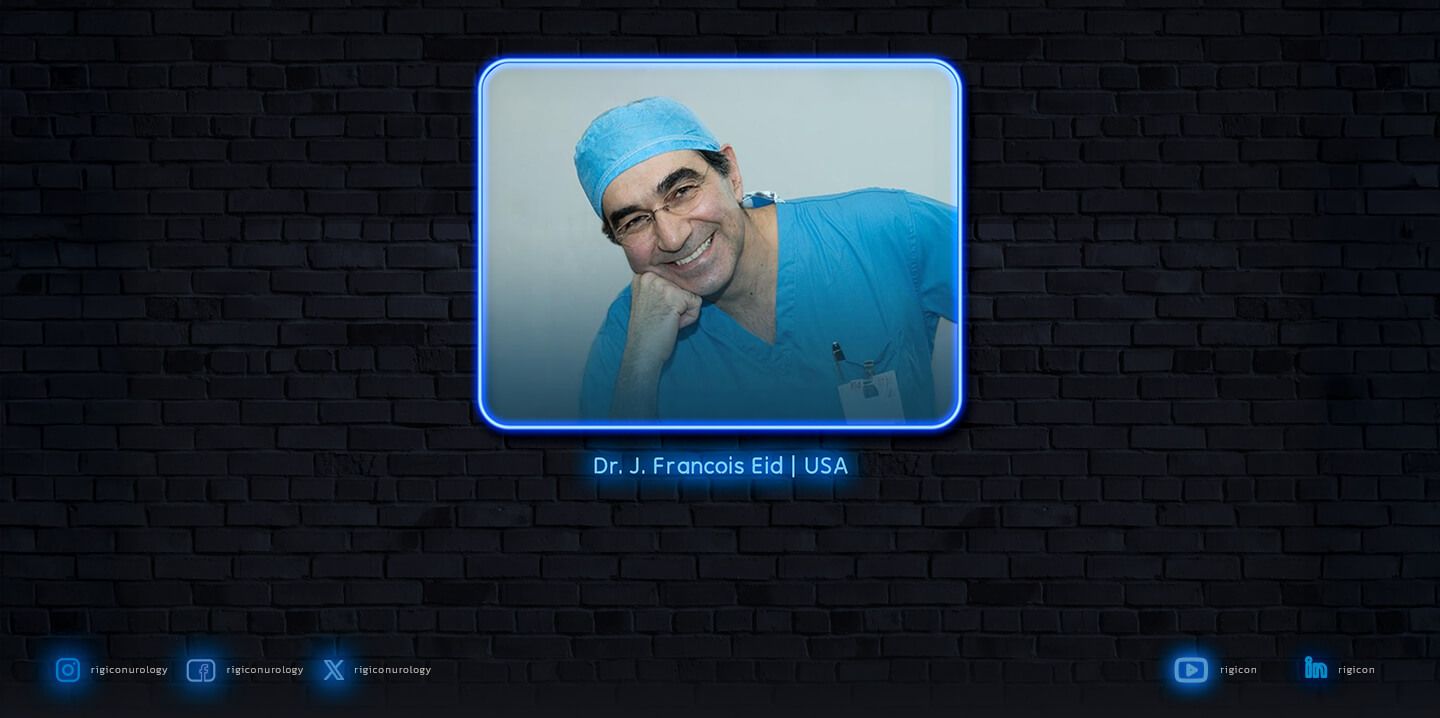Welcome to Rigicon Academy Blog, where we explore the latest in prosthetic urology, innovation, and surgical mastery.
In this article, we highlight a unique revision surgery involving a patient with a history of multiple sclerosis and prior penile prosthesis, who developed distal tip erosion. The procedure showcases how expert surgical planning, advanced implant selection, and careful postoperative management can restore function—even in fibrotic and compromised tissue.
A Complex Clinical Scenario: Infection and Erosion After Long-Term Implant Use
This patient received his first penile implant in 2012 and experienced excellent function for nearly eight years. However, distal tip erosion eventually occurred, resulting in device infection. The implant was fully explanted, including the non-eroded cylinder, by another surgeon.
As emphasized in the Hard Cases series, prompt and thorough removal of the infected components is critical. Leaving behind the eroded prosthesis can lead to chronic infection and further tissue damage.
In this case, the approach aligned with our recommendations: the eroded cylinder, pump, and reservoir were removed, and the tubing was cut at the base of the contralateral cylinder, which was preserved to minimize corporal shortening.
After an adequate healing period, revision surgery was planned using a malleable device due to anticipated fibrosis.
The Role of Surgical Precision in Fibrotic Corporal Tissue
This case required the use of double-blade urethral dilators to manage severe corporal fibrosis. A 9-mm Rigi10™ malleable prosthesis was selected due to its slim profile, which is ideal when dilation beyond 9 mm is not feasible.
The patient had previously used a 20 cm implant, but due to scarring, only 15 cm could be achieved during revision. He was counseled extensively about the potential for length loss and the challenges associated with fibrosis.
Fortunately, a 10-mm Rigi10™ device was successfully implanted bilaterally. Postoperatively, the rods—which initially rest in contact—can be manually separated as the tissues loosen and adapt.
Post-Operative Protocol: Restoring Function Safely
I recommend initiating warm baths starting on post-op day 3 to promote tissue relaxation and reduce swelling. In this case, that protocol was adopted along with a two-day urinary catheter starting on day 3 to prevent edema accumulation—especially critical in fibrotic cases.
Sutures were removed on day 14, and manual manipulation of the implant was encouraged to enhance flexibility and comfort over time.
“Careful postoperative management is just as important as the surgical technique itself—especially in revision cases with compromised tissue.”
Why Rigi10™ is Ideal for Revision Cases
The Rigi10™ Malleable Penile Prosthesis is particularly advantageous in salvage or fibrotic revisions due to two critical design features:
- Threaded Distal Tips: Unlike snap-on tips that can detach in scarred corpora, Rigi10™ tips are screw-fixed, ensuring firm anchorage within the corporal body.
- Slim Profile Design: Its 9-mm width allows placement even in tight, fibrotic spaces where traditional implants may be too large.
This combination makes the Rigi10™ an optimal choice when surgical conditions are less than ideal.
Final Thoughts
This complex revision case demonstrates the value of thoughtful implant selection, patient counseling, and adherence to refined surgical techniques as emphasized by leaders like Dr. J. Francois Eid.
With expert-designed devices and detailed surgical planning, outcomes remain excellent—even in the most challenging “hard cases.”
🩺 Stay tuned for more expert case discussions from Rigicon Academy and the minds shaping the future of prosthetic urology.
All trademarks (® and ™) and product names are the property of their respective owners. Their inclusion does not imply any affiliation or endorsement. This content is for informational purposes only and should not replace professional medical advice. Always consult a qualified healthcare provider before making any medical decisions.

